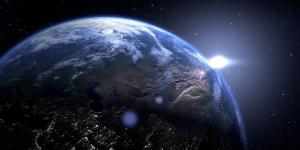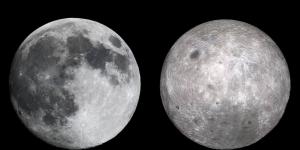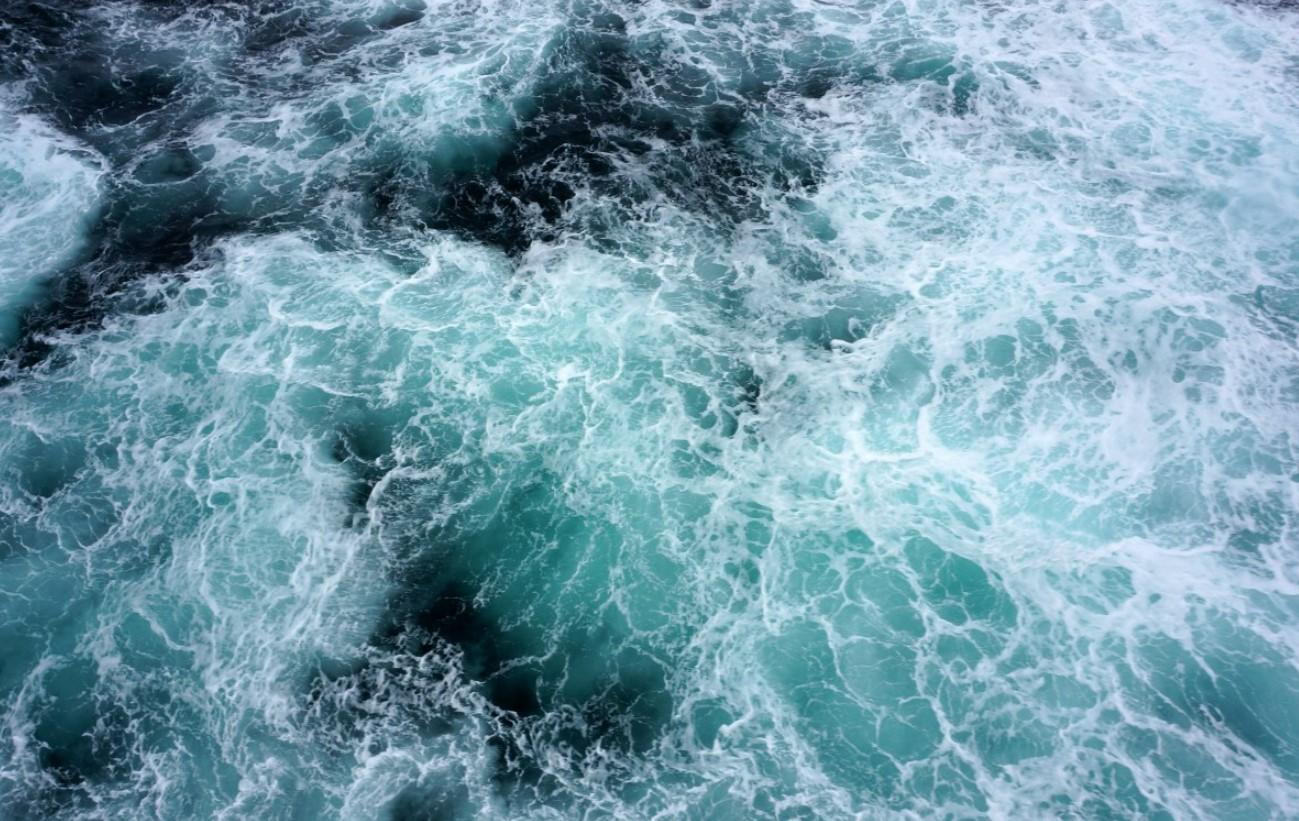How Much of the Earth Is Covered by Water?


Water is one of the most important substances for life on Earth and covers a large part of the planet's surface. Earth is often called the "blue planet" because of its abundance of water. Earth's total water supply is estimated to be about 1.4 billion cubic kilometers (332.5 million cubic miles). This includes all forms of water, such as oceans, lakes, rivers, groundwater, glaciers, and atmospheric water vapor. However, it is important to note that the distribution of freshwater on Earth is not uniform.
This article from thedailyECO explains how much of the earth is covered by water, as well as how this water is distributed.
How much water is there on Earth?
It is estimated that the Earth contains about 1.386 billion cubic kilometers (332.5 million cubic miles) of water. However, most of this water is saline and is found in the oceans and seas and only a small percentage is fresh water. Of this fresh water, most is trapped in glaciers and ice caps, so only a small portion is accessible for human use in lakes, rivers, and underground aquifers.
Furthermore, there is also the amount of water in the atmosphere, which includes water vapor, clouds, and precipitation. This atmospheric water is relatively small compared to the other sources, but it still plays an important role in the Earth's water cycle and climate.
Is there more water or land on the planet?
The Earth has more water than land. Approximately 71% of the Earth's surface is covered by water, while the remaining 29% consists of landmasses. The oceans are the largest bodies of water on Earth, covering around 97.5% of the total water surface area.
You may also be interested in this other article, where we explain what inland waters are.
How is water distributed on Earth?
The distribution of water on Earth is highly uneven, with the vast majority of the Earth's water being found in oceans and seas. Water, present either below or above the earth's surface and in one of its three states-solid, liquid, or gas-forms the hydrosphere, which includes all bodies of water distributed over the world. Most of the water is saline and a very small percentage is freshwater bodies.
Percentage of salt water
Approximately 97.5% of the water on Earth is saline and is found in the oceans and seas. The oceans and seas are salty or saline because of dissolved salts and other minerals that are carried into them by rivers, streams, and groundwater, as well as volcanic activity and chemical reactions in the Earth's crust.
Percentage of fresh water
Only about 2.5% of the water on earth is fresh water. Of this fresh water, most is trapped in glaciers and ice caps, leaving only a small fraction in lakes, rivers, and underground aquifers accessible to humans.
- Glaciers and polar caps: 1.9%
- Groundwater: 0.5%
- Lakes, lagoons, rivers, and reservoirs: 0.02%
- Soil: 0.01%
- Atmosphere: 0.001%
The distribution of freshwater is also very uneven. Some regions of the world have abundant freshwater resources, while others experience water scarcity. The availability of freshwater can be affected by several factors, including climate, geology, topography, and human activities such as agriculture, industry, and urbanization. Below you can see how the 2.5% of freshwater is distributed.
Percentage of drinking water
Of the total amount of water on Earth, only a small portion is available as fresh water suitable for human consumption. It is estimated that only about 0.025% of the Earth's total water supply is potable.
Furthermore, the proportion of the Earth's water available for drinking can vary depending on factors such as location and quality standards. According to the World Health Organization (WHO), about 90% of the world's population has access to improved drinking water sources, which include household connections, public taps, and protected wells or springs. However, the quality and safety of this drinking water can vary widely, and many people still do not have access to safe and reliable drinking water sources.
In some regions of the world, the availability of safe and reliable drinking water is a major challenge due to factors such as water scarcity, pollution, and lack of infrastructure. Addressing these challenges and ensuring access to safe drinking water for all remains a key global priority.
You may also be interested in this other article, where we explain what the difference is between a lake and a lagoon.

Drinking water scarcity around the world
Drinking water scarcity is a serious problem affecting many regions around the world. With the world's growing population and climate change leading to increasingly extreme weather, the problem of water scarcity is becoming more urgent.
Why is there water scarcity?
One of the main causes of water scarcity is the uneven distribution of water resources. Some areas have abundant freshwater resources, while others suffer from severe water shortages. Not only that but, lack of infrastructure such as pipelines, dams, and water treatment plants can lead to inadequate distribution of water resources, which results in water scarcity.
In addition, unsustainable water use practices such as excessive water withdrawals and inefficient irrigation methods can exacerbate the problem. Not to mention contamination of water sources by industrial waste, chemicals and other pollutants.
Furthermore, with global warming, many regions are experiencing changes in rainfall patterns and increased frequency of droughts, which can lead to water scarcity.
The world's population is growing at an unprecedented rate, leading to increased demand for water for drinking, agriculture, and industry.
What are the consequences of water scarcity?
The consequences of water scarcity can be devastating. It can lead to crop failure, hunger and malnutrition, and the spread of waterborne diseases such as cholera and dysentery.
Women and children in particular are often burdened with the task of fetching water, which can be a time-consuming and physically demanding task that interferes with other important activities such as education and income-generating work.
How to address water scarcity?
To address the problem of water scarcity, there are several approaches. One is to improve water conservation and efficiency by promoting better water use practices and technologies.
Another approach is to increase investment in water infrastructure such as pipelines, reservoirs, and treatment plants.
Finally, greater international cooperation is needed to ensure that water resources are managed sustainably and equitably across borders.
Overall, the issue of water scarcity requires a multi-faceted approach that involves government, private sector, and civil society efforts to ensure that everyone has access to safe and clean drinking water.
You may also be interested in this other article where we discuss the issue of plastic in the oceans, the causes and possible solutions.
If you want to read similar articles to How Much of the Earth Is Covered by Water?, we recommend you visit our Facts about Earth and the universe category.
- Macedo Trejo., EE (2018) The hydrosphere . Available at: https://dspace.unitru.edu.pe/bitstream/handle/UNITRU/16991/MACEDO%20TREJO%20ELSA%20ELIZABETH.pdf?sequence=1
- United Nations World Water Development Report 2019. Leaving no one behind (2019). Available at: https://www.acnur.org/5c93e4c34.pdf






